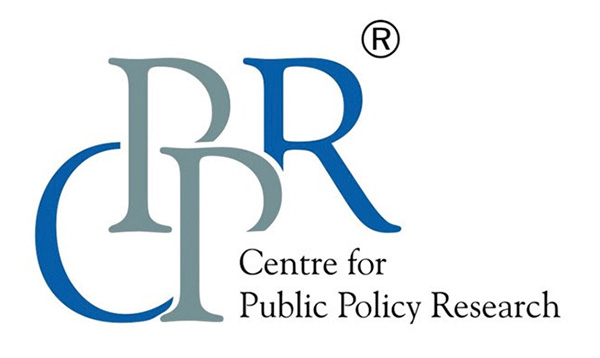Podcasts

Bicycle Commuting in India: Trends, Challenges & Solutions
June 3, 2025
EP 19 | Kananaskis & Beyond: Understanding the G7’s Global Impact | Policy Beyond Borders
June 12, 2025EP 18 | Rebalancing West Asia Alliances: Trump’s Gulf Visit and Its Impact on Regional Powers | Policy Beyond Borders

Trump’s Gulf Visit: Implications for West Asian Geopolitics and India’s Strategic Calculus
The recent visit of former U.S. President Donald Trump to the Gulf region—marked by meetings with leaders from Saudi Arabia, the UAE, and Qatar—has reignited strategic dialogues that could reshape the geopolitical contours of West Asia. Trump’s continuing influence in global political circles makes this visit geopolitically significant, signalling renewed U.S. engagement with Gulf monarchies and potential shifts in long-standing regional alliances.
Trump’s engagements appear focused on reinvigorating ties with Gulf allies that were central to his administration’s Middle East policy. Key pillars of this agenda include the Abraham Accords, anti-Iran cooperation, and arms agreements—all of which have once again taken centre stage. His notable omission of Israel from this trip has raised eyebrows among analysts, further fuelling speculation about a recalibrated regional approach.
In this context, Trump’s presence in the Gulf has prompted conversations about shifts in U.S. foreign policy, particularly as the country reassesses its strategic footprint in a region where China and Russia are becoming increasingly assertive.
Diplomatic Signals and Geopolitical Shifts
In addition to brokering economic deals, this visit elevated Trump’s image as a potential changemaker. His meeting with Syria’s new leader, Ahmad Al-Sharaa, and the announcement of sanctions relief carries significant implications for the region’s stability. Moreover, Trump’s renewed interest in negotiating a new Iran nuclear deal—after having withdrawn from the JCPOA in 2018—suggests a potential return to the diplomatic table, albeit on different terms.
Economic cooperation and energy security were also key themes, particularly in the context of global uncertainty over oil markets and the energy transition. Trump’s stance on energy has traditionally involved pressuring Gulf states to increase oil production to control prices—a move that holds relevance for energy-importing nations like India.
Implications for India
For India, the Gulf continues to be of vital strategic importance—not just as a major source of energy and trade, but also due to the presence of over 9 million Indian expatriates in the region. Trump’s visit underlines a fluid geopolitical landscape that India must navigate carefully.
A hardline U.S. stance on Iran could complicate India’s regional outreach, particularly projects like the Chabahar Port, which are central to India’s connectivity with Central Asia and Afghanistan. At the same time, stronger U.S.–Gulf relations may enhance regional stability, offering India opportunities in:
-
Energy cooperation
-
Infrastructure investment
-
Trilateral strategic partnerships
Trump’s historically positive outlook on India—combined with his rapport with Gulf leaders—could help facilitate deeper strategic alignment between New Delhi, Washington, and Gulf capitals.
Despite the current downward trend in global oil prices, concerns over energy costs remain central to India. Trump has previously urged Saudi Arabia and other Gulf producers to ramp up supply—an approach that could again influence price dynamics.
As the regional equation evolves, India must remain strategically nimble. Balancing relations with competing powers, safeguarding its energy interests, and upholding strategic autonomy will be critical. Trump’s Gulf visit may have set in motion a new phase of geopolitical recalibration—one that India must engage with proactively and pragmatically.
SPEAKER:
Amb Talmiz Ahmad, Former Indian Ambassador to Saudi Arabia, Oman, and the UAE. Additional Secretary for International Cooperation in the Ministry of Petroleum and Natural Gas and Director General of the Indian Council of World Affairs (ICWA).
MODERATOR:
Dr Dhritishree Bordalai, Senior Research Associate (International Relations), CPPR
Key Takeaways:
1. Key Agenda of Trump’s Visit to the Gulf
2. Strategic and Geopolitical Implications for India
3. Implications for Iran nuclear deal and lifting of sanctions on Syria
4. Future of U.S.-GCC Ties
#PolicyBeyondBorders is available on

